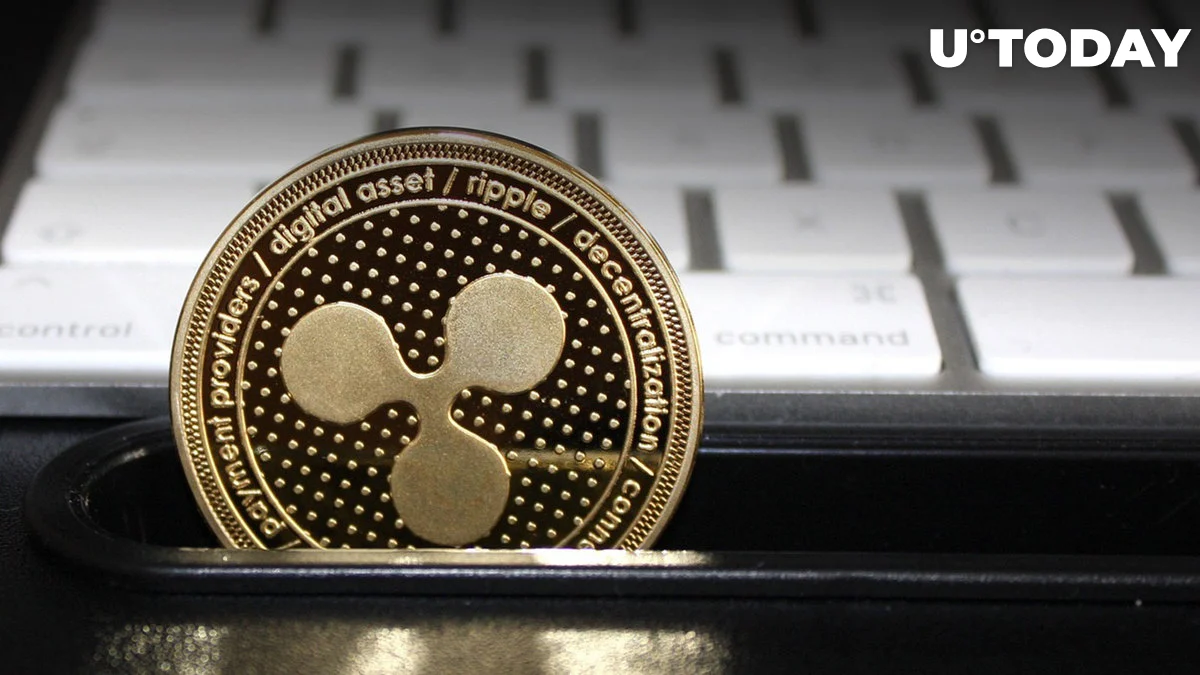
Brendan Berry, Head of Payments Product at Ripple, lists the “building blocks” of contemporary cryptocurrency systems and draws comparisons between the technological stacks of crypto and TradFi.
From fiat on-ramp to tokenization: Ripple’s officer on digital asset systems
The three major components of the stack of digital asset services continue to be fiat on-ramps, asset tokenization, and custody solutions. In the most recent installment of Ripple’s Crypto In One Minute educational series, Head of Payments Product Brendan Berry made this claim.
For value to move from fiat money systems (cash, credit cards, bank accounts), fiat on-ramps are essential. The same may be done with a variety of asset classes, including as commodities, precious metals, and other assets, thanks to tokenization tools.
Custody solutions are then in charge of digital asset storage and dealing with “ownership” concerns in the Web3 era. The answer to who really owns this or that asset depends on the custody situation.
The foundational elements of flexibility in crypto are liquidity and conversion services, which enable unrestricted value transfers between different cryptocurrencies and fiat assets.
Ripple continues to drive forward CBDC innovations, major partnerships scored
For digital asset systems, the possibility of asset exchange is also inevitable. Last but not least, safe fiat off-ramps are used to convert cryptocurrency to fiat and transfer funds back to TradFi.
As previously reported by U.Today, Ripple has just achieved yet another historic feat with regard to its central bank digital currency (CBDC) obligations.
Ripple will participate in the CBDC Innovate Challenge, a massive incubator programme for all stablecoin developers, along with other industry and fintech titans.
Additionally, Ripple collaborates technologically with a number of nations, from Montenegro to Palau, to build stablecoin solutions.


















